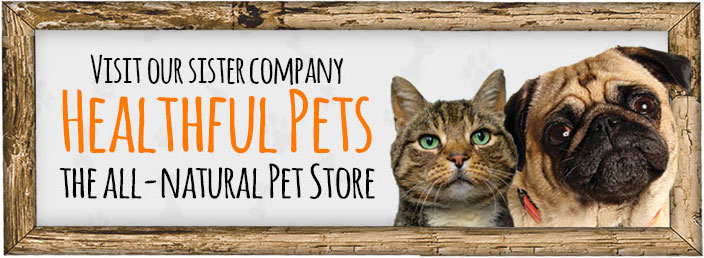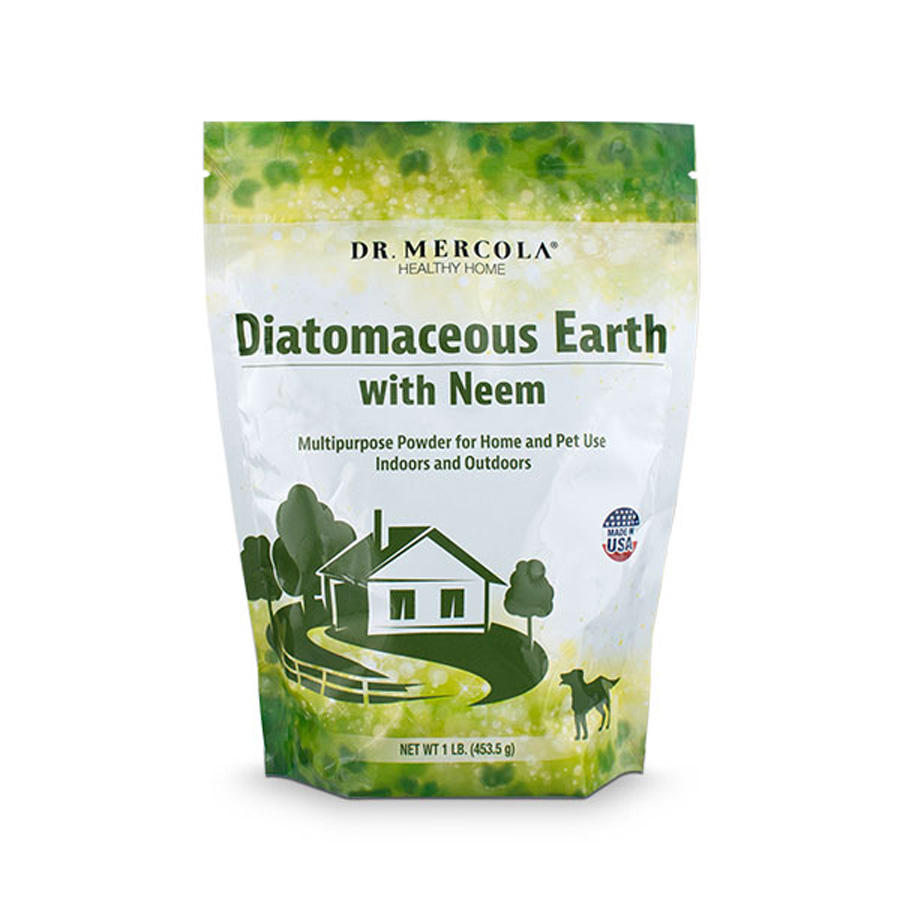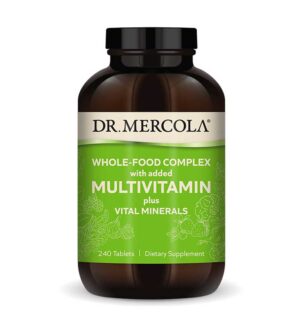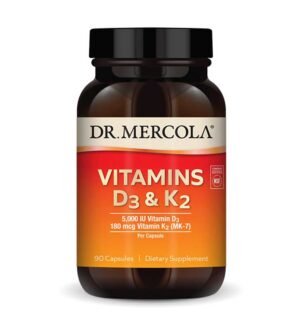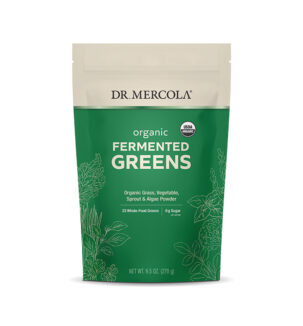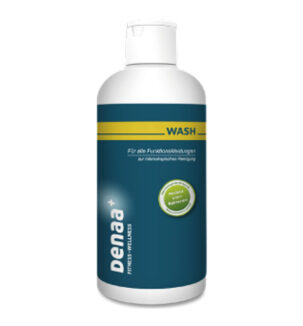Description
From fleas to bed bugs to cockroaches, this pearly white powder makes life miserable for insects, but won’t harm you, your family, or your feathered and furry friends. This non-toxic bug powder is even more effective by adding Neem, an ancient Ayurvedic herb.
Whether it’s your pet, your bed, your kitchen cracks, or even your back garden that is the focus of an infestation, it can be very tempting to reach for potent chemical insecticides.
However, that can cause trouble for you and especially the smaller members of your household. While certain insecticides may be risky for you and your pets, some are exceptionally hazardous for birds, reptiles, fish and other aquatic animals.
There must be a better way to have a comfortable pet and a home where you don’t need to be on guard for unwelcomed guests, some of which you can’t even see…
While it may not be a new solution, it’s one that many people don’t think of for their pet’s comfort or for helping to make their homes and gardens unwelcoming to bugs.
And Mercola have taken this to the next level for effectiveness and soothing relief.
Why You Should Think Twice Before Using Chemical Insecticides Around Your House, in Your Garden, or on Your Pet
It happens to many of us, depending upon where you live, and even if you don’t have a pet. And it’s capable of making your life downright unpleasant. And this is bug infestations, which can infest your garden, your home, your pet, and for the very unlucky few, even your bed.
If you’re like most people, your first instinct is to do whatever is necessary to get rid of them. Seek professional help or reach for the chemical insecticides. But here’s the problem with those approaches.
Today’s insecticides contain some pretty hazardous chemicals, even suspected carcinogens. And when you or a hired professional use them liberally around your home and even on your pet, you put everyone in your household at risk!
Here’s just a sampling of some of the most toxic chemical insecticides used today:
- Organophosphatessuch as diazinon, malathion, dichlorvos, and chlorpyrifos are popular insecticides that can affect the nervous system of people and pets
- Carbaryl, found in over 190 registered pesticide products, is harmful to essential outdoor critters like honey bees and earthworms
- Pyrethroids such as permethrin, cyfluthrin, and bifenthrin are synthetic chemicals that act like natural flower extracts, and can infiltrate waterways and kill aquatic organisms (more in just a minute about their effects on your pet)
- Metaldehyde, commonly found in snail and slug bait, is toxic to dogs and wildlife
- Neonicotinoids, including imidacloprid, are a newer class of insecticides that are chemically related to nicotine, and devastating to butterflies and honey bees
And if you have a pet and you follow your conventional veterinarian’s advice for flea and tick control, let’s look at what else you may be exposing your pet (and you and the rest of your family) to:-
Popular Pet Flea Treatments may not be so safe after all
If you’re using conventional flea and tick products on your cat or dog, you may be surprised to learn they’re not as safe as what your veterinarian may be telling you.
Recent studies link some of the active‚ and inactive ingredients in popular spot-on treatments to serious health effects in both pets and lab animals.
Please, check the label right now if you are using a spot-on product on your dog or cat, or plan to in the near future, and make sure it doesn’t contain one of these potentially harmful ingredients:
- Fipronil (a member of the phenylpyrazole chemical family) doesn’t remain in the skin’s oil glands as its maker claims, rather, it enters your pet’s body and organ systems, and in lab animals, caused thyroid cancer, altered thyroid hormones, reduced fertility, liver and kidney toxicity, and convulsions
- Imidacloprid, a known neonicotinoid neurotoxin, increased cholesterol levels in study dogs and caused thyroid lesions, liver toxicity, and showed the potential for heart, liver, lung, spleen, adrenal, brain, and gonad damage
- Pyrethroids aren’t the same as pyrethrins, the naturally occurring compounds from chrysanthemums, and caused over 1,600 pet deaths during a 5-year period, and account for more than half of major pet pesticide reactions including brain damage, heart attacks and seizures
- Permethrin, a pyrethroid thought to be both a carcinogen and neurotoxin, is suspected of causing lung cancer and liver tumours in lab animals and disrupting endocrine function, causing tremors, increased aggressive behaviour and learning problems
However, what if you need something to make your pet comfortable?
How Diatomaceous Earth rolls up the welcome mat for fleas, bed bugs, dust mites, lice, roaches, ants and more
Diatomaceous earth (DE) is a fine, white powder that’s mined from the very tiny fossilised shells of microscopic water-dwelling organisms known as diatoms.
Essential parts of the earth’s ecology, diatoms are single-celled plants that have sustained marine life since prehistoric days. They exist today around the world in salt and fresh waters, and their deposits can be found underwater and in ancient dried up lakes.
So what exactly is in DE?
Because diatoms use silica from their sandy environment, the powder from their fossilised shells consists of about:
- 33 % silicon (or silicon dioxide)
- 19 % calcium
- 5 % sodium
- 3 % magnesium
- 2 % iron
- Plus other trace minerals like boron, manganese, and copper
Under a microscope, the fine white powder has very sharp edges, which makes it unwelcoming to pests, but not you or your pet.
However DE’s are not the same! Diatomaceous earth. There are two types of DE, and Dr Karen Becker doesn’t believe both are safe for use in your home or around your pets:
- Pool-grade DE, which requires the use of a mask and gloves, is chemically altered and contains up to 70 % crystalline silica, making it potentially hazardous for long-term use around humans, animals and birds
- Food-grade DE contains less than one % crystalline silica, so it’s considered safe for regular use with humans and mammals
So, please be careful and don’t confuse the two. While pool-grade DE may be okay for use in pools, its use may not be acceptable for using around your home and garden!
Because food-grade DE isn’t considered a harsh chemical and contains only a trace of crystalline silica, you can use it both inside and outside your home without fear of harming your family and pets.
One example of how food-grade DE is used in foods is with grains. It’s often added to grains during storage to help protect them.
Keep in mind, to humans and pets, DE particles are microscopically tiny and don’t harm organs or tissues. To the touch, food-grade diatomaceous earth feels like silky smooth baby powder, not at all sharp or rough.
What is Even Better that regular Diatomaceous Earth with organic Neem Leaf Powder.
The neem tree (Azadirachta indica) is a rapidly growing evergreen tree found in tropical and sub-tropical regions. It has many uses, including medical and culinary. And the neem tree has existed for thousands of years because it protects itself against insects.
The leaves of the neem tree have been used in Ayurvedic medicine for centuries against fleas, ticks, lice, mites, ants, caterpillars, aphids and mosquitoes.
What makes neem so effective? Several naturally active compounds in neem work together to create an unfriendly environment for pests.
Neem leaf powder also has many moisturising properties and helps reduce excess dryness and scaling and soothes irritated skin.
Because diatomaceous earth can by very drying, it was decided to add organic neem leaf powder to create Mercola’s blend Diatomaceous Earth with Neem.
With this synergistic formula, you get food-grade DE along with organic neem leaf to enhance diatomaceous earths actions while helping to protect your pet from excess dry skin.
While this formula works well with pets for pests, it is not a pesticide.
Dust Your Pet and Her Sleeping and Living Environment With Mercola’s Diatomaceous Earth with Neem
Because it won’t irritate your pet’s organs and systems (even if she licks it off), you can apply it directly to your pets coat or feathers, regardless if your pet is a dog, cat, bird or a chicken!
It is suggested applying it sparingly and thoroughly brush it into your pets coat, avoiding contact with his eyes, nose and mouth.
Here’s how to apply Diatomaceous Earth with Neem to your pet’s coat:
- Sprinkle the powder onto your pet avoiding her head and eyes, from her collar to the base of her tail
- Apply down all four limbs to her paws
- Be sure to brush your pets fur in the opposite direction so the powder contacts her skin
- Repeat as necessary there’s no limit on applications!
Don’t forget to apply Diatomaceous Earth with Neem to your pet’s bed as well as areas where she likes to visit, such as her favourite pieces of furniture or rugs.
After vacuuming, sprinkle on bedding, carpets and floors. For best results, re-apply after each time you vacuum or clean.
Using Diatomaceous Earth with Neem Around Your Home.
There are many handy uses around your home. For example, you can use it to:
- Deodorise shoes, kitty litter, garbage bags and vacuum cleaner bags
- Help scrub your bathroom and kitchen
- Polish silverware
- Absorb oil and grease spills
First, a little warning about using Diatomaceous Earth with Neem indoors…
Just like regular diatomaceous earth, Mercola’s blend is a very fine white powder, almost like the consistency of talcum powder.
Depending on how much you use each time, it can (like any other light-coloured powder) change the appearance of some surfaces, such as dark-coloured carpet or upholstery material. Foot traffic through the area may track it.
However, rest assured… this effect is only temporary. Diatomaceous Earth with Neem doesn’t stain. Its powdery white appearance vanishes when you vacuum or clean the surface.
It is suggested sprinkling it lightly in corners of your home, along baseboards, in cracks and crevices, such as between appliances. You can use gloves and masks if you prefer, but they’re not required. Just like with any fine powder substance, handle it with care and don’t inhale its dust.
Diatomaceous Earth with Neem can be a great tool to use to make your home an unfriendly environment for pests. The non-toxic powder should be used around your home as instructed.
Use Diatomaceous Earth with Neem in the Garden
Mercola’s DE and neem leaf blend can also help make your garden or patio an unwelcome territory for plant-harming insects like slugs, ants, Japanese beetles or cutworms. Plus, mosquitos can’t stand it!
And it can help turn your flower and vegetable gardens and even potted plants into a budding showcase, full of eye-catching blooms and lush, hearty greens.
Simply sprinkle Diatomaceous Earth with Neem generously over the top of your garden soil and dust plant leaves. By doing this often, you can help protect young developing foliage. In addition you will also be adding more than 20 important soil trace minerals and help aerate the soil in beds and pots.
And because Mercola’s Diatomaceous Earth and Neem leaf product is not a pesticide, you don’t need to worry about harming critters that benefit your vegetable or flower gardens like earthworms or honey bees.
Please remember, for it to be effective, it must be kept dry. Even morning dew can affect its usefulness.
Be sure to sprinkle my Diatomaceous Earth with Neem generously around the perimeter of your home, too, to help keep insects outside!
Diatomaceous Earth with Neem inside your Home
It feels good to be in control when you’re dealing with pests that make your pets life miserable or make you feel like you’re being overrun in your own home…
Mercola’s Diatomaceous Earth with Neem can help make a difference in:
- Your pets comfort and living space
- Making your home feel clean and healthy again
- Creating an inviting outdoor space that makes pests uncomfortable
- Your gardens soil health and bounty
Don’t let pesky insects prevent you from enjoying your home, patio, garden, or even snuggling with your pet.
Put Mercolas special blend of food grade diatomaceous earth and organic neem leaf powder to work to improve your life and that of your pets, while making annoying pests‚ lives miserable.


